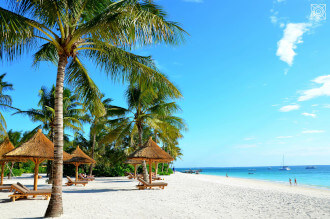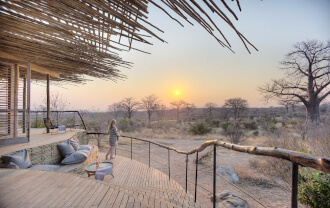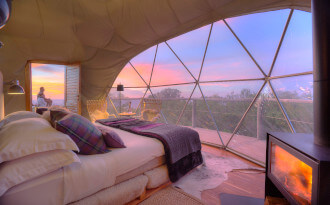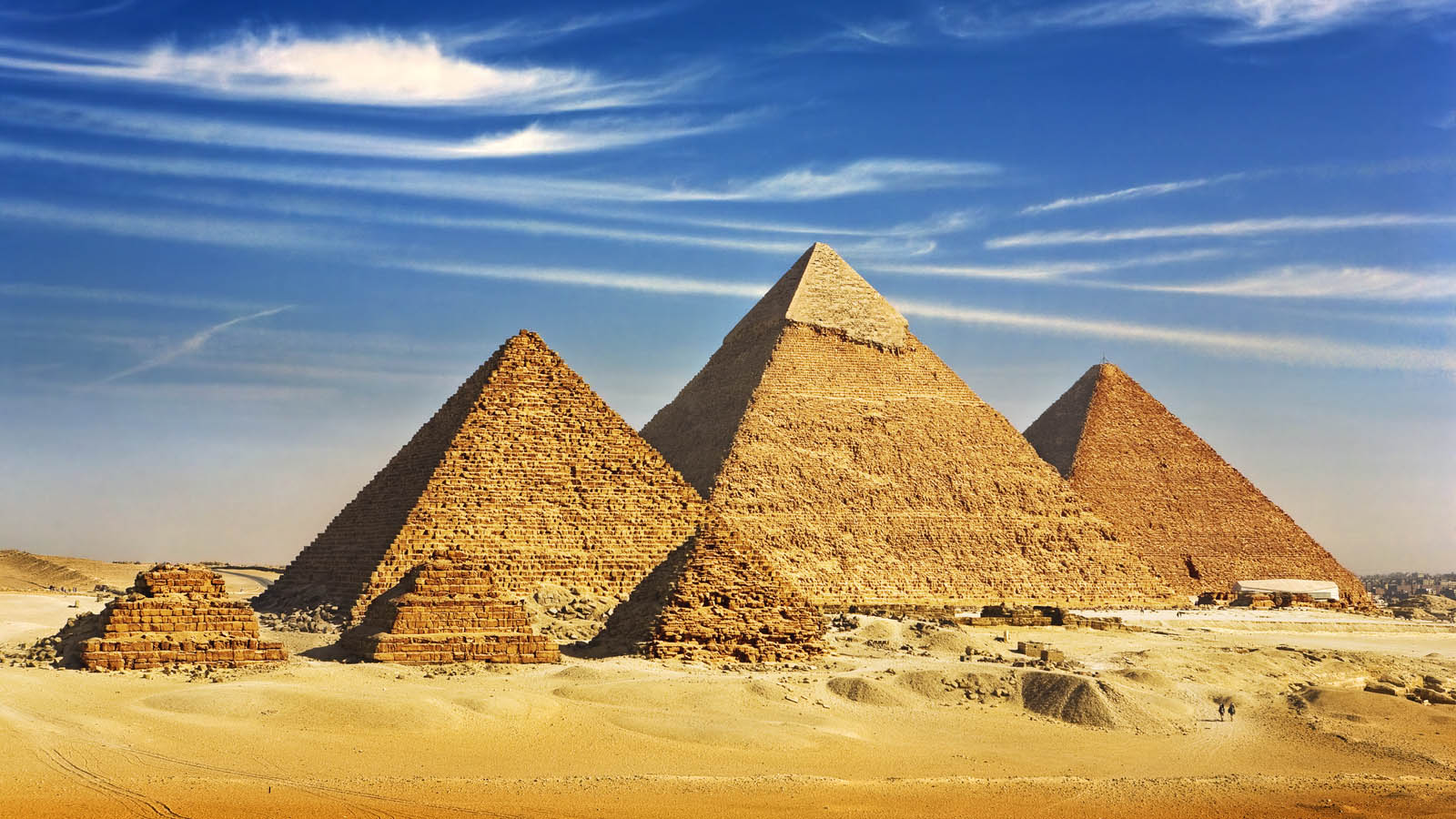Our top 5 reasons to visit Egypt
1. Just like everywhere else, Egypt is changing and modernising. We love Egypt just the way it is – slightly haphazard, disarmingly beautiful – and would urge you to visit this authentic and culturally rich country, before further modernisation inevitably smooths the edges of its charm.
2. This list could not be complete without mention of the Pyramids! These tombs of Egypt’s past kings are some of the oldest and most miraculous structures still standing; the Pyramid of Djoser was constructed in 2630BC!
3. The markets are fantastic, and in fact just getting immersed in the bustling way of life is one of our favourite things about Egypt. Egyptians are incredibly hospitable and will welcome you warmly wherever you go.
4. Egypt’s Red Sea Coast has some of the best beaches, and is the gateway to some of the best diving in the world. But choose your accommodation carefully – there are some pretty vibrant party spots which you may wish to either head for or avoid!
5. Value for money. Egypt is a budget-friendly destination, and we’ll help you get you the very best value for your budget, whether it’s a luxury trip with all the bells and whistles or a simple cruise down the Nile and beach holiday.
Egypt: when to visit
Summer in Egypt (June to August) is absolutely scorching, with unrelenting sunshine and temperatures of 35 degrees upwards. This is not the time to visit Egypt with kids, or if you’re heading out to the desert. However, Egypt’s heat is dry rather than humid, so it’s not as unbearable as it could be - this could be a good time to visit if you’re just heading to the coast to enjoy the beach (remember the sun screen!).
We think the best time to visit Egypt (and peak season) is from October to May, when temperatures are a little cooler and more pleasant.
Egypt: what to see
The fertile Nile River Valley showcases millennia-old monuments including Giza’s vast Pyramids and enigmatic Sphinx, and the hieroglyph-lined Karnak Temple and Valley of the Kings tombs in Luxor. These all offer a fascinating insight into one of the world’s most remarkable ancient civilisations, our understanding of which is still developing to this day.
The ancient pyramids are a short drive from the centre of Cairo, the capital city and a truly inspiring gateway to Africa. The Valley of the Kings and numerous great temples around Luxor, and the temples at Edfu and Kom Ombo are well worth visiting on the way down into the Nubian lands around Aswan. This southern town provides a quiet and scenic point from which to explore the World Heritage ‘Nubian Treasures’, between here and Abu Simbel.
Egypt: some background
Egypt is in North Africa, flanked by Libya, Israel and Saudi Arabia. Its population of 90 million people live mostly in the north of the country, around Cairo or near the banks of the River Nile.
Most of the country is covered by the Sahara Desert and the Libyan Desert, but the desert areas are, understandably, sparsely inhabited. As a result, Egypt’s urban areas (Cairo, Alexandria, Aswan) are very congested, but if you are prepared to make the journey out into the desert, you will find huge sand dunes, the occasional oasis, and a real wilderness experience.
With its fascinating ancient history, Egypt is considered a cradle of civilization in terms of writing, agriculture and central government. However, Egypt’s recent history has been more troubled, with on-and-off frosty relations with its neighbours, and internal political instability and unrest.
The UK Foreign and Commonwealth Office states that ‘Over 900,000 British nationals visit Egypt every year [although we suspect that this figure may be a little out of date]. Most visits are trouble-free.’ The areas to which the FCO advise against all but essential travel do not include the tourist areas along the Nile, including Luxor, Qina, Aswan, Abu Simbel and the Valley of the Kings.
Egypt: getting around
The most popular way of seeing most of what Egypt has to offer is by a cruise down the Nile. You can hop off to take a tour or wander around a market, and then it’s back on board again for a consistent level of service. Cruises tend to start from Cairo or Luxor, a short flight from Cairo. Alternatively you can explore the country by car, especially if you are heading out to the desert.
Egypt: where to stay
If you are in Cairo to see the pyramids then you should stay at Mena House, where the pyramids can be seen from your balcony. Luxurious, comfortable, quiet, and convenient, Mena House also has a hint of historical atmosphere of its own to allay any ‘Big Impersonal Hotel’ fears. Although it is no longer run by Oberoi, we very much hope that nothing will change.
In Aswan, Old Cataract is our absolute favourite, with its unparalleled Nile-side location, elegant terraces, Agatha Christie suite and historic charm.
In Luxor, we recommend the Winter Palace. Yes, it is falling down, the curtains are threadbare and the service is distinctly idiosyncratic... but it is hugely historic, and brilliantly placed for exploring Luxor. We also enjoy the waterfront, the gardens and the pool.
And for cruising down the Nile, we love the Sanctuary Sun Boat. Most of the cruising options on the Nile are tacky and busy and we wouldn’t recommend them; by contrast, Sanctuary Sun Boat is small and comfortable and emits completely the right vibe, with a small pool, loungers and a library.





















